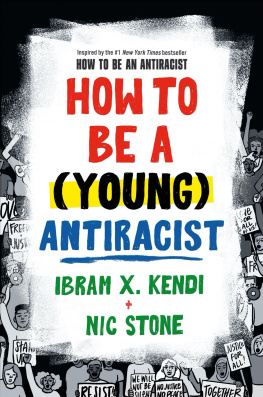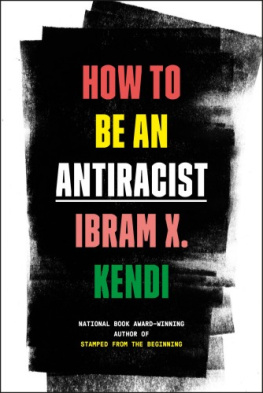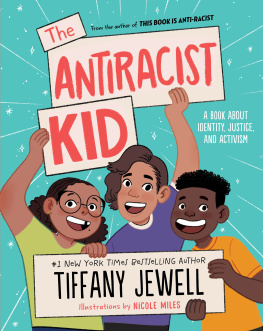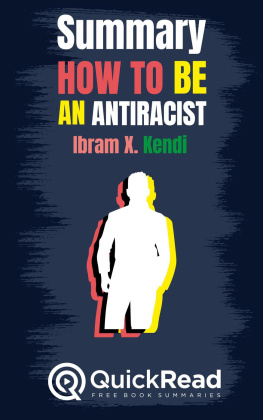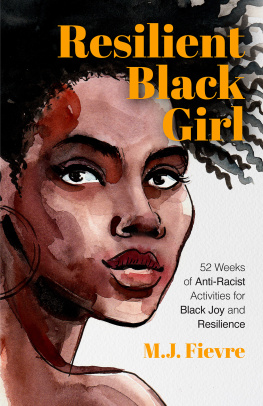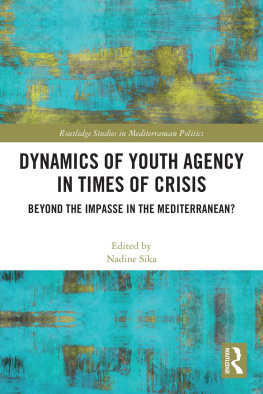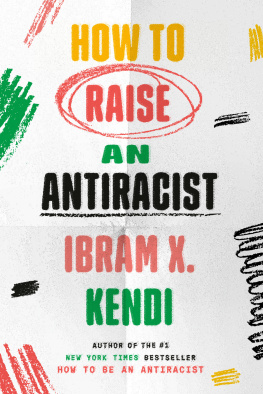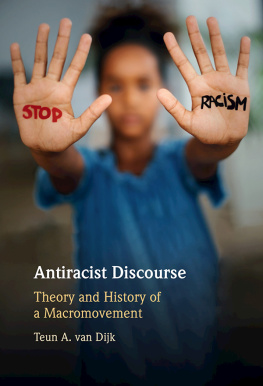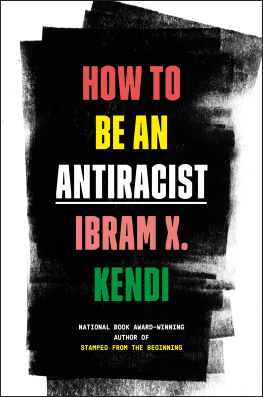First published 1997 by Ashgate Publishing
Reissued 2018 by Routledge
2 Park Square, Milton Park, Abingdon, Oxon, OX14 4RN
711 Third Avenue, New York, NY 10017, USA
Routledge is an imprint of the Taylor & Francis Group, an informa business
Copyright Abby Peterson 1997
All rights reserved. No part of this book may be reprinted or reproduced or utilised in any form or by any electronic, mechanical, or other means, now known or hereafter invented, including photocopying and recording, or in any information storage or retrieval system, without permission in writing from the publishers.
Notice:
Product or corporate names may be trademarks or registered trademarks, and are used only for identification and explanation without intent to infringe.
Publisher's Note
The publisher has gone to great lengths to ensure the quality of this reprint but points out that some imperfections in the original copies may be apparent.
Disclaimer
The publisher has made every effort to trace copyright holders and welcomes correspondence from those they have been unable to contact.
A Library of Congress record exists under LC control number: 97073461
ISBN 13: 978-1-138-33361-1 (hbk)
ISBN 13: 978-0-429-44587-3 (ebk)
Racist arid antiracist movements are increasingly taking the stage in contemporary European societies in the face of a rapidly changing cultural landscape. The drama of immigration has been enacted by these movements with heightened intensity since the 1980s, and, in particular, the struggle is engaging the youth of Europe. In Sweden, on the one hand, the drama of immigration reaches its greatest media visibility in conjunction with direct confrontations between young people aligning themselves on either side of the struggle and with the police riot squads. The spectacular value these events are awarded is closely related to the degree of violence played out on the scene. On the other hand, the antiracist movement is even seeking non-confrontational strategies in the drama of immigration, and while not as visible in the mass media, these actions are engaging a far greater and wider participation amongst both Swedish adults and young people.
In this book I will discuss these two sides of the antiracist movement in Sweden, on the one hand, the explosive sociality of the confrontation, and on the other hand, the ephemeral sociality of 'rainbow coalitions' of non-confrontation. In focus is the participation of young people in the antiracist movement. When a social movement appears on the scene its actions are often carried out by young people, i.e. members of society who have not yet reached the stage of life when dominant patterns of social life are incorporated (Peterson and Thorn, 1994). It is an attempt by young people to not merely respond to percieved social changes and problems within society, but to actively participate in and shape society.
The scene is set
The drama of immigration is unfolding within a unique social context in Sweden's history. Gone are the days when the pervasive myth of Swedish homogeniety could exist unchallenged. In the course of the last 25 years or so Sweden has become intensely multilingual and multiethnic. As a result of an intensive flow of immigrants during this period approximately one-eigth of the population, or approximately 1.2 million Swedish inhabitants, consists of first or second generation immigrants from all over the world. According to Ulla-Britt Kotinas (1996) about 140 languages are spoken, and at least as many cultures are represented, most of them in the housing estates surrounding Sweden's major urban areas. And here, within these urban environments on the peripheries, this polyphonic diversity is concentrated. Immigrants do not live isolated from each other in separate ethnic groups as is generally the case in the urban centres in the rest of Western Europe, but rather, within the same geographical area a vast ethnic diversity is contained. For example, in the housing estate of Botkyrka, outside Stockholm, where 34.2% of the total population have a foreign background, over 100 nationalities are represented and over 60 languages are spoken (Sjgren, 1996). This situation highlights one of the realities faced by immigrants in Sweden residential segregation, accompanied by educational segregation.
However, if we look more closely at the migration patterns to Sweden the range of ethnic diversity is not entirely 'exotic'. Of the approximately 1.2 million immigrants or children of immigrants living in Sweden over half are from neighbouring Nordic countries. The group of Finnish immigrants and their children are far and away the largest immigrant group in Sweden, followed by the Danes and the Norwegians. Thereafter, the fourth largest immigrant group are Swedish inhabitants from the former Yugoslavia, followed by approximately 35,000 Iranians who represent the fifth largest group and the largest group from a non-European country of origin.
Immigration to Sweden during the 1950s and 1960s was so-called 'labour market immigration'. The golden years of Swedish economic expansion were, at the same time, characterized by a labour force shortage. With an immigrant policy rather than the guest worker policy practiced on the European continent, Swedish industry actively recruited workers from the neighbouring Nordic countries, Yugoslavia, Italy, rural Turkey, etc., the flow of which was regulated by the Swedish labour unions. The trade unions reserved the right to veto recruitment of non-Nordic labour as soon as they found this import to be jeopardizing Swedish employment. The absolute peak was reached during 1969-1970 when net immigration amounted to 100,000 persons and in 1972 Sweden stopped further recruitment of foreign workers (Hammar, 1996).
Since 1972 non-Nordic immigration has largely consisted of political refugees and so-called family reunions. In 1989 immigration from the Nordic countries was down to an all-time low of approximately 20% of total immigration. And since 1987, immigration from non-European countries has been larger than immigration from European countries; the numbers have increased steadily due to the increase in so-called spontaneous asylum seekers (in contrast to the 'quota refugees' who are selected and brought to Sweden from international refugee camps in accordance with an UN agreement). 1987 marks, as well, a sort of watershed in public opinion regarding immigrants; we can observe an increasingly xenophobic atmosphere in which a racist movement emerged as a force in Swedish politics. The newly formed New Democracy cashed in on these tendencies and entered parliament after the 1991 elections largely on the basis of their racist populist message; (however, after party leadership struggles the party fell out of parliament after the 1994 elections). Here we are touching upon another reality faced by immigrants today in Sweden the rise of both an overt racist movement and the racial violence it has spread and the emergence of more covert forms of racist ideologies and practices. In other words, the adversary of the antiracist movement is taking shape in contemporary Sweden, delineations in the lines of conflict are being drawn and re-drawn within the drama of immigration, the struggle with which this book is concerned.


